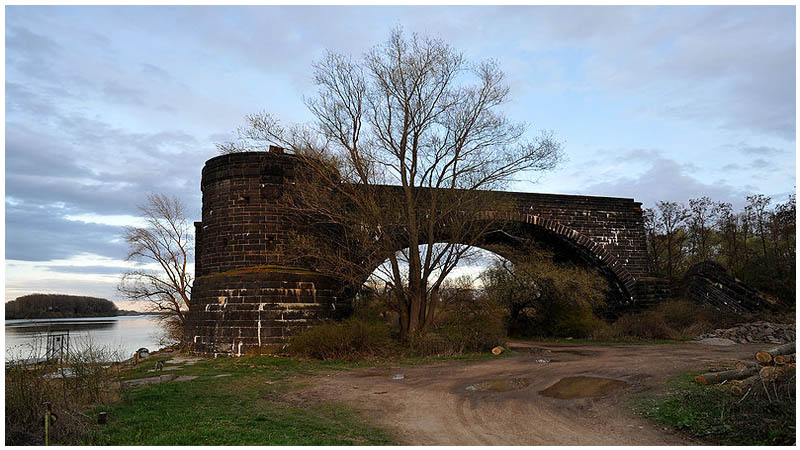At the start of the 20th century, the Prussian Minister of Public Works proposed that a bridge should be erected over the River Rhine at the town of Bingen, Germany. The Prussian State Railways were in favor of the idea but disagreed with the choice of location.
Their research led them to believe that Bingerbrück would be a more suitable location because ‘Bingen Hole,’ a narrow passage in the Rhine, had many currents that would render construction at Bingen very difficult.
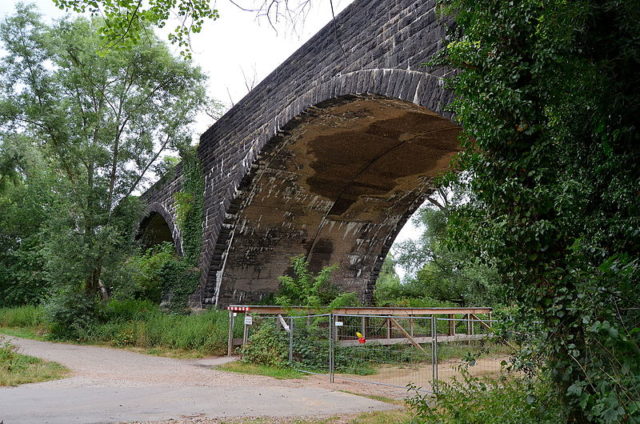
After deliberation, it was decided that the best location for the bridge would be between Bingen and the town of Rüdesheim, where the river was around 985 yards wide.
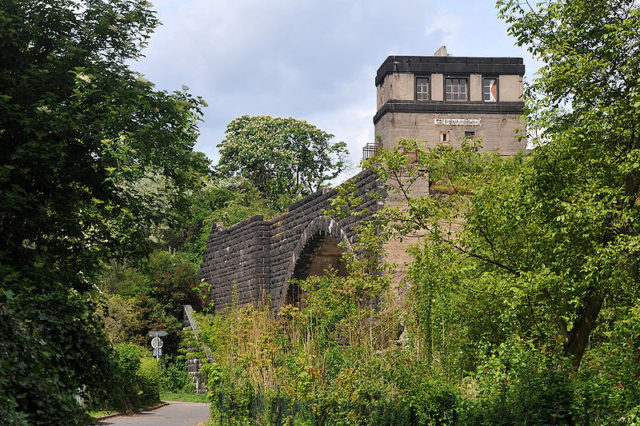
Once the site had been decided, a series of debates followed as to whether the bridge should be used for railway purposes, as a normal road bridge, or a combination. The debates lasted for decades.
After collecting the necessary funds, permission was granted in 1913 for the construction of a railway bridge. Three-quarters of the funds were provided by the German Empire, and the rest were obtained from the Grand Duchy of Hesse and participating states of Prussia.
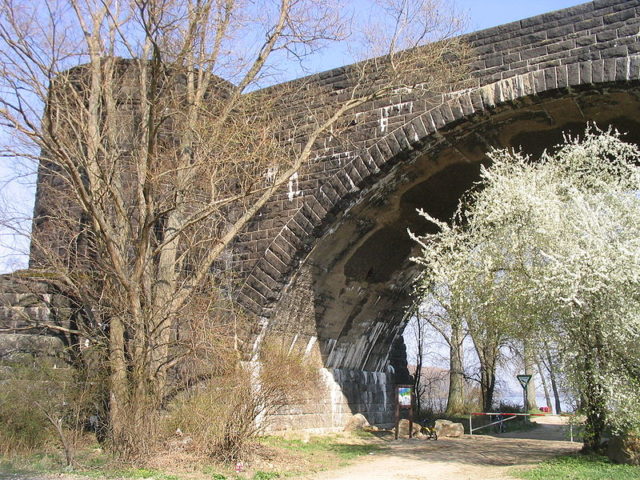
Once construction was finished in 1915, the military significance of the bridge was recognized as it offered a connection between the Nahe Valley Railway, the Right Rhine Railway, and the Glan Valley Railway. This meant that there was yet another German railway that extended all the way to the borders of France.
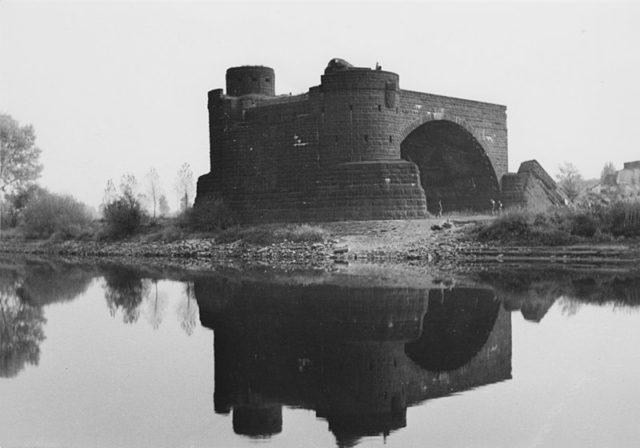
At a later date, two more bridges were erected over the River Rhine, both intended to be used by the military. Ludendorff Bridge was constructed at the German town of Remagen, and the Crown Prince William Bridge was erected in the municipality of Urmitz.
During construction of Hindenburg Bridge, a great number of foreign workers were employed, mostly Italians. Once World War I had begun, construction work was continued by Russian prisoners-of-war.
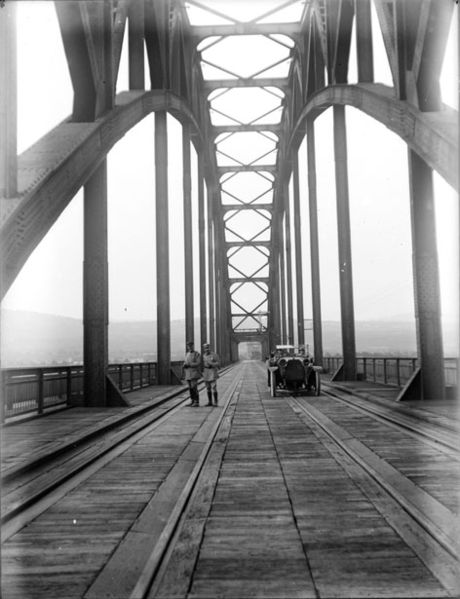
The bridge stretched a total of 1,290 yards over the Rhine and consisted of two steel arches, each around 185 yards long, and five parallel trusses. The bridge was around 40 feet wide, with 32 feet reserved for the train tracks.
Both sides of the bridge were equipped with a pedestrian walkway. All of the connecting lines together with the bridge included almost nine miles of tracks. During World War I the main use of the bridge was for the supply of German troops on the Western Front.
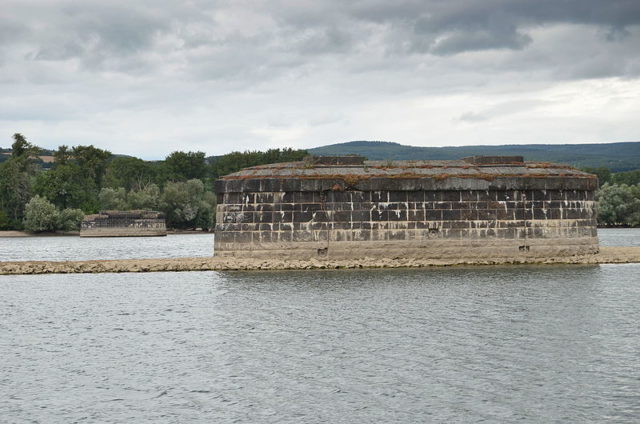
Once the war was over, French troops occupied the bridgehead at Wiesbaden and subsequently took control of the Hindenburg Bridge. They repurposed it to allow automobiles to pass over it. In 1920, the bridge was opened to German civilians, who were allowed to pass over it only after they had paid the fee at the newly-installed bridge toll.
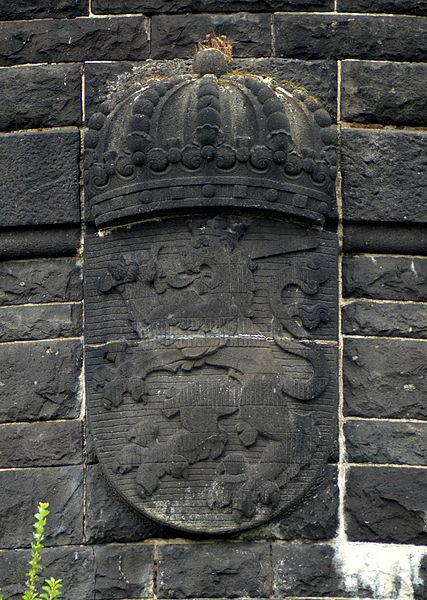
When the French troops left, control of the bridge was handed over to the German State Railway. They resumed a passenger train service over the bridge in 1930.
World War II began and caused the obliteration of the bridge. In August 1942, Hindenburg Bridge was the target of several air raids. In 1945, parts of it were further destroyed and by March the same year, the bridge was no more.
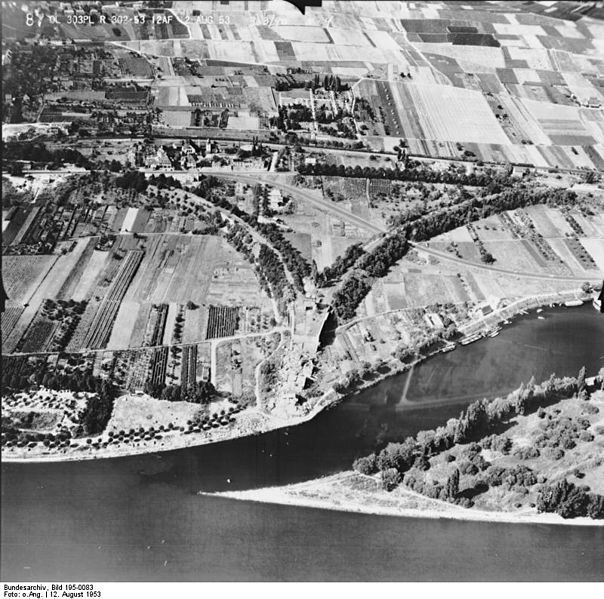
After the war, during the 1950s, there were some discussions about renovating the bridge. However, no such thing ever happened and in order to improve road safety, the bridge abutments were razed in 1970.
Today only fragments of the structure survive. According to the route planning tool Route You, “Since 2002 the remains of the Hindenburg bridge has been the easternmost point of the UNESCO World Heritage Site of the Upper Middle Rhine Valley.”
